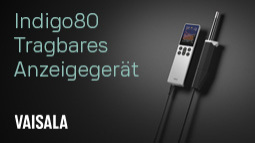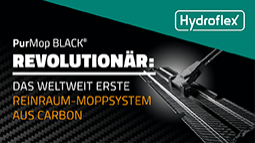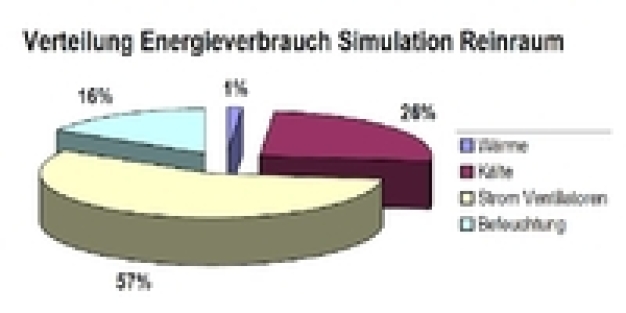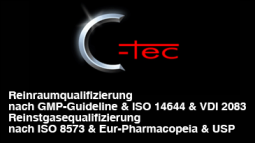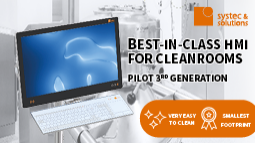Energy efficiency and security
Defined positive pressure ensure the product and process security in pure areas. If one supplements the pressure measurement necessary for it by a flow sensor, as for instance the SS 20,400 of SCHMIDT Technology, the energy efficiency can be substantially improved to the enterprise of pure areas by controlled amount of air adjustment. Around printing increased heights in pure areas to realize usually quite high flow rates are necessary over the spatial air-technical plant. Not least for safety reasons and due to the pressures surely measurable with differential pressure sensors, the standard EN ISO 14644 already prescribes printing increased heights within the range between 5 to 20 Pascal. In for example pharmaceutical pure areas these lie often even between 15 to 30 Pascal and more. The needed amounts of air in order to regulate the space printing, constitute a substantial portion of the energy balance of a spatial air-technical plant to the supply of pure areas. Experiences from practice prove that alone over the current consumption of the fans approximately 57% of the energy costs develop. Derived from it the largest energy-saving potential is in the adjustment of the amounts of air because of the need. In order to use this, it is valid for example to drive the spatial air positive pressure down as close ones as possible to the minimum requirements of the standard and with as little a supply air as possible, speaks Ventilatorleistung of the RLT plant to keep finely regularly stable. Of approx. 50 mm in diameter, here the possibility, a rushing over so called, air leaking out the pure area due to the positive pressure predominating therein, offers reserve and additional SicherheitEine in addition for pressure measurement installed flow measurement, in a suitable wall opening very exactly to thus measure. Measuring range of modern flow sensors, like the SS 20,400 of SCHMIDT Technology begin already with flow rates (WN) of 0,05 m/s. This is a far under differential pressure of 0,01 Pa and thus the possibilities of a differential pressure sensor. Therefore prove a flow sensor, in a �bersr�mungs�ffnung in the wall of a pure area, even still with very small differential pressure a rushing over reliably. Beyond that SS is 20,400 flow sensors of SCHMIDT Technology in the position to measure the directions of flow bi-directional to determine thus also a possible back flow. Basis is a Thermopile (thermopile) sensor, which functions according to the principle of the thermal Anemometrie. By parallel connection of two semiconductor elements and from the information which of the two is the warmer, leaves themselves the direction of flow to identify reliably. The thermal Anemometrie, becomes on http://schmidt-technology.testimonialsites.de/.. more near described. With the accurate detection of minimum air flows and their bi-directional recognition, the flow sensors SS 20,400 are suited for application in pure areas. In combination with the existing differential pressure sensors the insurance of operation can be improved of pure areas and beyond that their energy efficiency substantially. A simulation which is based on practical experiences of AL-KO Therm, one of the largest manufacturers of components for ventilation and air conditioning systems, proves that a halving of the energy costs is possible so almost. Picture: Already the river for the fans of the RTL plant constitutes 57% of the energy costs in the pure area (Schmidt Technology)
This text was translated automatically.
